What are scars and pores?

Scars occur when the dermis is damaged by acne or external physical pressure. When the skin has a lot of sebum or elasticity decreases, the pores get bigger. Big pores and scars can be improved by lasers, injections, or other adequate treatments.
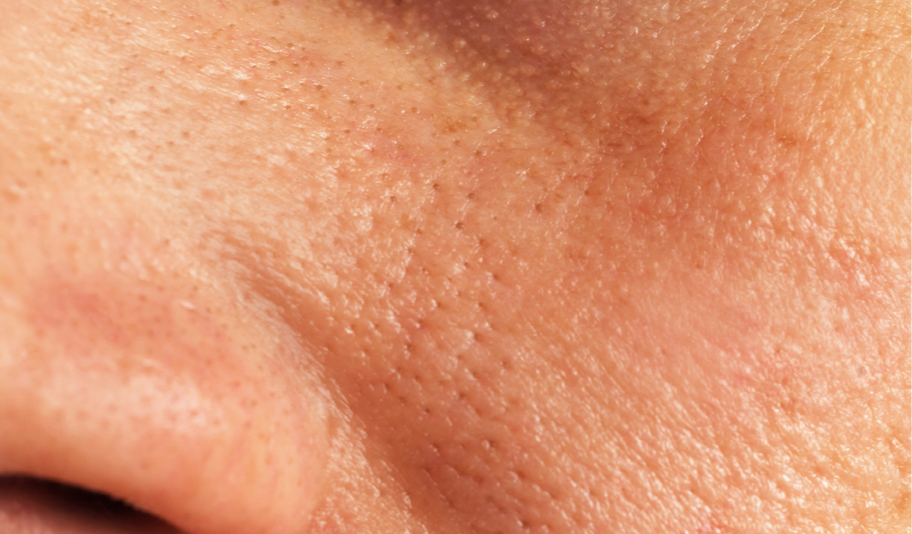
Types of scar
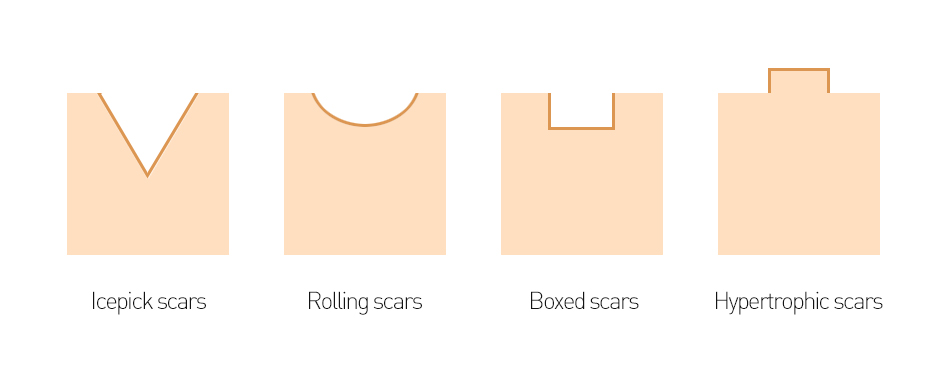
Treatment Process

Consultation with the dermatologist
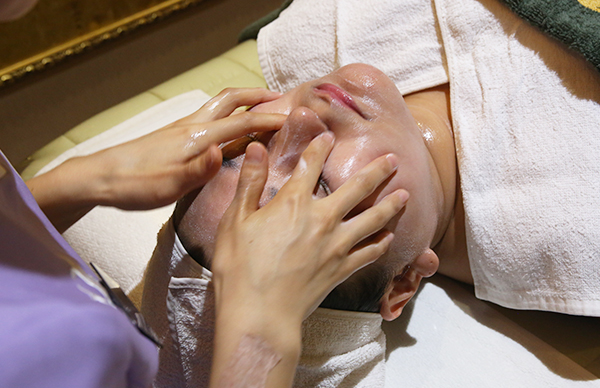
Cleansing
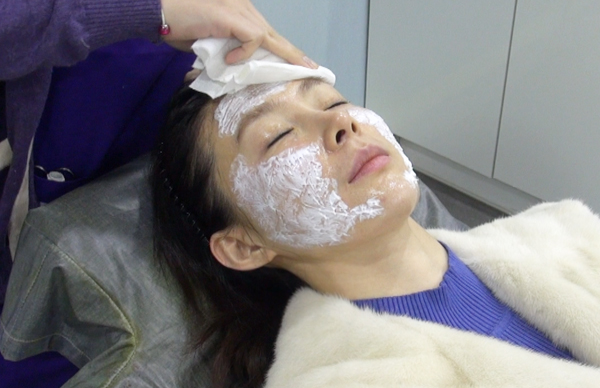
Application of anesthesia cream.
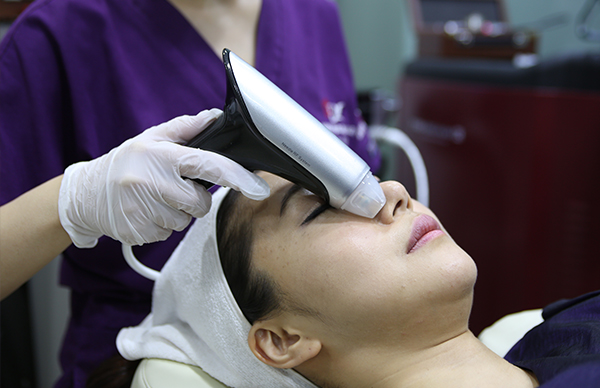
Customized laser treatment
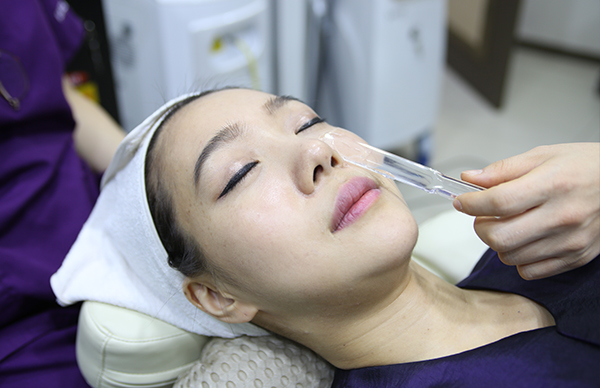
Cool down after treatment.
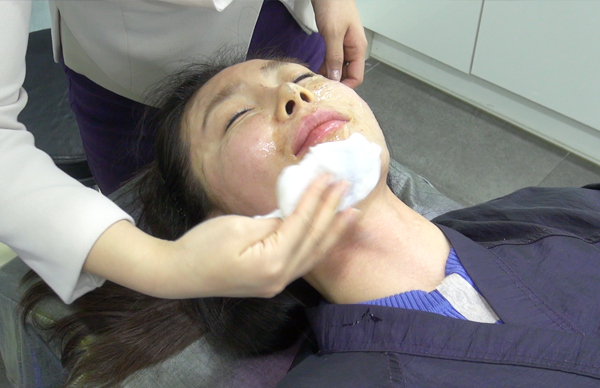
Wrapping up and final touches.
TRM Laser

- Using a 1927nm wavelength range, TRM laser has high moisture absorbency and can react fast to a wider range of skin tissue. This enables improvements in pigmentation, skin tone and skin texture in a shorter period of time.
- TRM laser also destroys blemish-creating melanocyte and contracts loose collagen fiber to help improve pigmentation and skin texture.
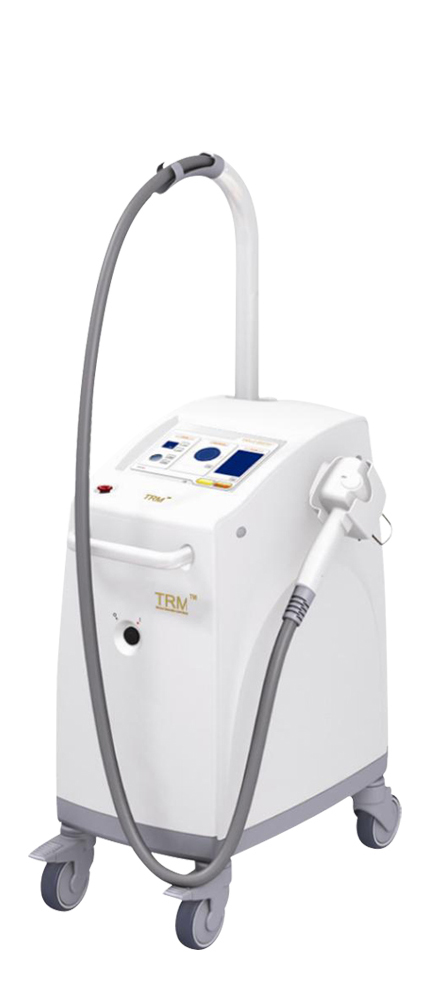
Duration
90 minutes
Regeneration Care
Yes
Symptoms after Procedure
Fine scabs 3 days later, burning sensation
Recovery
1 week
Sustainability
Semi-permanent (depending on the individual)
Average # of Procedures
3 to 5 times
Recommended For
- Damaged skin due to photoaging
- Face whitening
- General pigmentation troubles
- Acne scars


Principles of Rejuran
Principle 1
TRM laser prompts various recovery reactions according to the depth of the wounds on the skin.
Principle 2
When part of the epidermis is damaged, TRM laser uses new cells developing from the base layer of the epidermis to treat the wound.
Advantages of TRM Laser
- It has fast regeneration and recovery time.
- Various treatments are possible based on the thickness of the skin.
- MTS is performed in conjunction with different medications and laser treatments for various skin treatment effects.
Why TRM Laser stands out from other lasers
TRM laser is a premium whitening laser that can improve the skin pigment in a short period of time.
The length and depth of its wavelength are different from other lasers, making it more effective on different lesions of the epidermis and upper dermis.
Since it is effective on different lesions, TRM laser provides excellent results in improving the overall facial tone.
Process of TRM Laser
-
1Cleansing
-
2Anesthetic Cream
-
3TRM Laser
-
4Calming Care
-
4Regenerating Laser
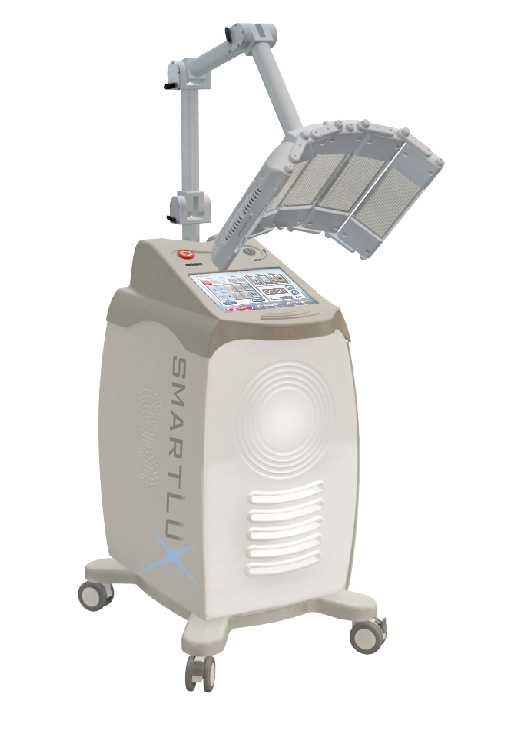
PRP Injection

- PRP injection is a skin regeneration method using ingredients from the patient’s own (autologous) blood.
- In the blood are platelets, which are full of components that play a role in cell regeneration, including a protein that promotes cell adhesion. This induces fundamental skin regeneration.
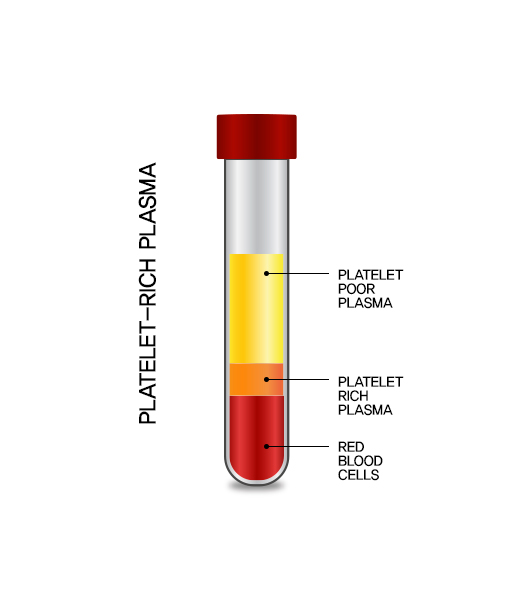
Duration
30 minutes
Regeneration Care
Yes
Symptoms after Procedure
None
Recovery
None
Sustainability
6 months
Average # of Procedures
3 - 5 times, once every month
Recommended For
- Hair loss
- Dry and dehydrated skin
- Skin elasticity issues
- Scar treatment
- Boosting anti-aging treatment
- Increasing the survival rate of fat used in fat graft

Principles of PRP Injection
PRP is full of different growth elements. Therefore, when implanted in the skin, PRP promotes cell proliferation, collagen production, hyaluronic acid production, epithelial cell growth promotion, new blood vessels, and wound healing.
Role of the Platelets abundant in PRP
Role 1
Platelets are blood cell components which are produced in bone marrow. About 2,000 of them are produced and circulate in the peripheral blood for about 10 days, before being eliminated.
Role 2
They play an important role in primary hemostasis.
Role 3
They play an important role in wound healing (by stimulating various growth factors, platelets contribute to the production of materials, such as collagen, needed in wound healing).
Role 4
Platelets enhance the operating characteristics of auto-grafted tissue (enhances engraftment of filler, autologous fat transplantation, and hair implants).
Role 5
They stimulate stem cells to turn into the cells that are needed in the body.
Advantages of PRP Injections
- PRP injections use autologous blood, so they have fewer side effects such as hepatitis or allergic reactions.
- Many growth factors continuously help skin regeneration to maintain improved skin for a long time.
- PRP injections can be performed in conjunction with different lasers or fillers for excellent improvement and maintenance of skin.
Process of PRP Injection
-
1Blood drawn
-
2Centrifugation
-
3Enrichment separation
-
4Calming Care
-
4Regeneration Laser

CO2 Pin Hole Laser

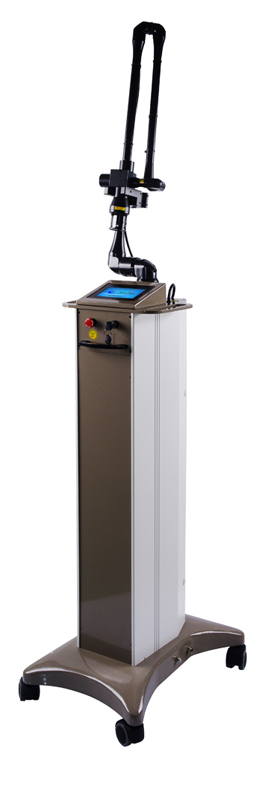
- CO2 pin hole laser is the most commonly used laser, using a 10.600nm wavelength range. It is used for various procedures, from simple skin procedures to complicated laser surgeries.
Duration
40 minutes
Regeneration Care
Yes
Symptoms after Procedure
Subtle scab 3 days later, redness
Recovery
1 week
Sustainability
Semi-permanent (depending on the individual)
Average # of Procedures
3 to 5 times, once every 4 weeks
Recommended For
- Scars
- Removing lesions such as moles, warts, syringoma, milia, etc.
- Total skin regeneration for photoaged skin, especially on the face, wrist and chest area

Principles of CO2 Pin Hole Laser
CO2 pin hole laser is a non-surgical procedure for scar removal. It creates multiple holes on the scar or surface of the skin deep into the dermis.
This breaks down overly fiberized collagen and stimulates the generation of new collagen, rearranging abnormal collagen.
Advantages of CO2 Pin Hole Laser
- Skin that is hard to treat with other methods or severely pigmented can be improved in a more natural way.
- Recovery of the procedure site is fast, no difficulties are imposed in daily life, and side effects are reduced.
- Scars become thinner and skin becomes softer.
- Scars can be treated regardless of the depth or size of the scar.
Process of CO2 Pin Hole Laser
-
1Cleansing
-
2Anesthetic Cream
-
3CO2 Pin Hole Laser
-
4Calming Care
-
4Regeneration Laser

MTS

- Recovery time is short, and there are almost no side effects, such as pigmentation.
- In the blood are platelets, which are full of components that play a role in cell regeneration, including a protein that promotes cell adhesion. This induces fundamental skin regeneration.
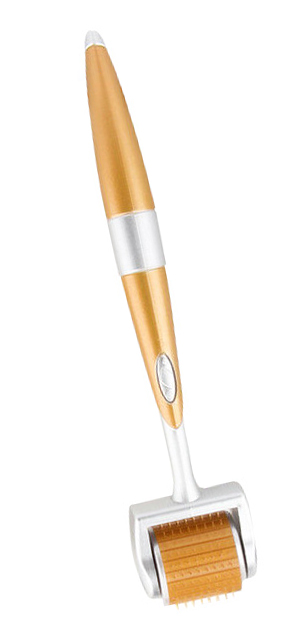
Duration
60 minutes
Regeneration Care
Yes
Symptoms after Procedure
Pain immediately after the treatment, redness
Recovery
1 week
Sustainability
Semi-permanent (depending on the individual)
Average # of Procedures
5~10 times, once every 2 weeks
Recommended For
- Improvement of facial scars
- Large pores
- Deep wrinkles around the eyes or mouth
- Improvement of stretch marks and hair loss

Principles of MTS
The dermal layer of the skin is stimulated by making tiny holes using a microneedle. This method helps collagen to form new dermal tissue and improve scars. Furthermore, through the tiny holes created by the microneedle, nutrients or whitening agents like vitamin C are absorbed to clear up the skin tone or improve elasticity.
Advantages of MTS
Advantage1
MTS expedites the collagen creation of the dermis with almost no damage to the epidermis.
Advantage2
MTS has a short recovery period and almost no side effects such as pigmentation.
Advantage3
MTS is performed in conjunction with different medications and laser treatments for various skin treatment effects.
Process of MTS
-
1Cleansing
-
2Anesthetic Cream
-
3Whitening Agent (Vitamin C)
-
4MTS
-
4Calming Care

D-cell Injection

- D-cell injection provides regenerating effects to external wounds, using a DNA injection that expedites skin regeneration. The ingredient of PDRN not only enhances skin immunity, but also reinforces the skin through cell treatment.

Duration
30 minutes
Regeneration Care
Yes
Symptoms after Procedure
None
Recovery
1 week
Sustainability
Semi-permanent (depending on the individual)
Average # of Procedures
Performed in conjunction with surgery and other procedures
Recommended For
- Skin regeneration and calming after laser treatment
- Lowered skin elasticity
- Skin whitening

Principles of D-cell
D-cell is a substance that exists in new tissues in trace amounts. This substance is standardized into a special amount of DNA structure to help expedite cell regeneration and fast skin regeneration.
Cell regeneration is expedited at the DNA level and acts on fibroblast to biosynthesize collagen in dermal tissues, which make up 90% of skin and fundamentally regenerate damaged skin.
Advantages of D-cell
- D-cell is very effective for wound care.
- D-cell improves blood circulation in the skin.
- D-cell helps skin generation and fast recovery after laser treatments
Process of D-Cell Injection
-
1Disinfection of procedure site
-
2D-cell Injection
-
3Final Touches



